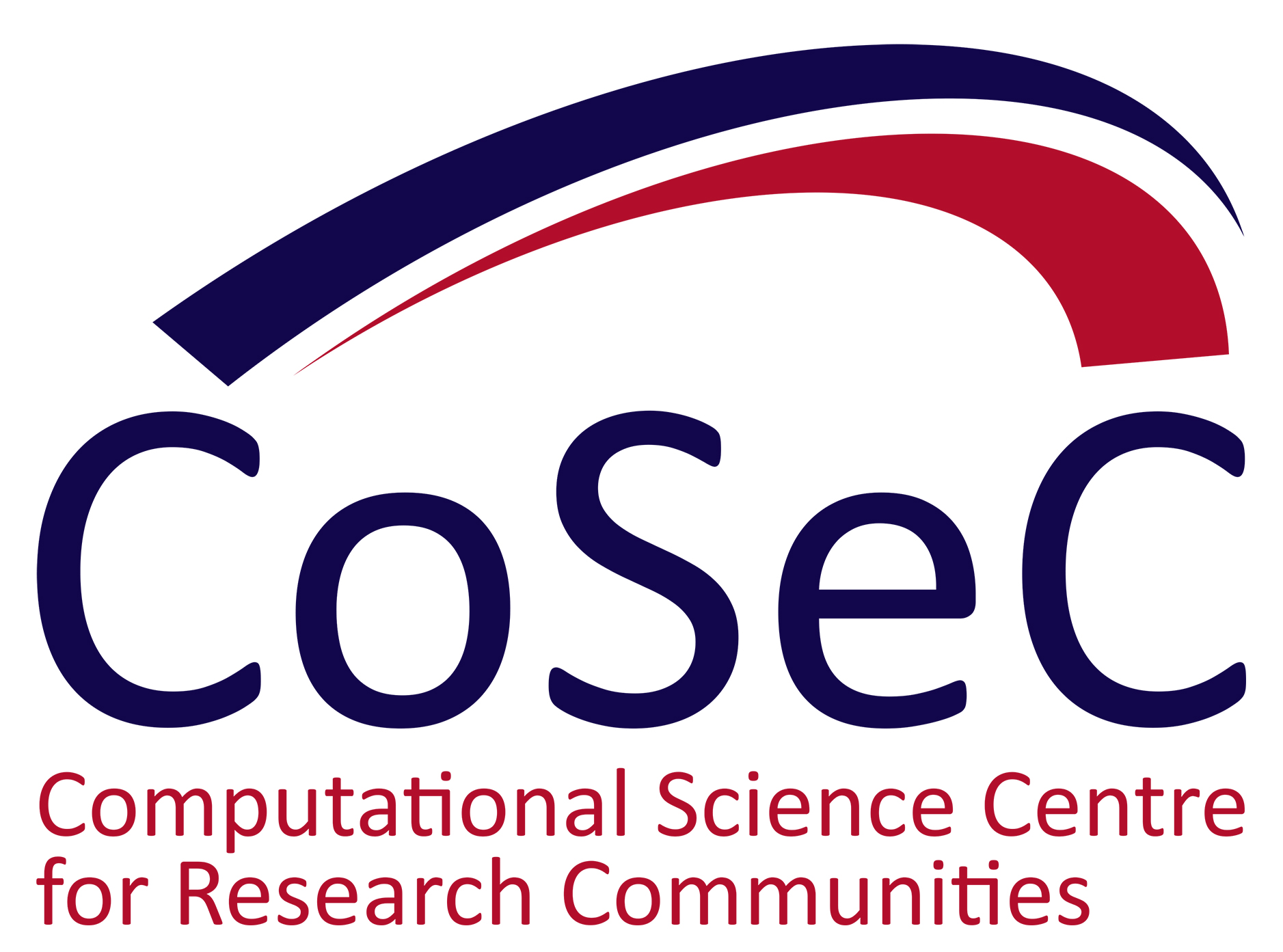 Nuclear powered energy has been a part of life in the UK since 1956 with the opening of the first nuclear power station, Calder Hall at Windscale in Cumbria. Although the aim of Calder Hall was to produce weapons grade plutonium, it became the first nuclear power station in the world to generate electricity in 'commercial quantities'.1 During the 63 years since Calder Hall opened, it has become widely recognised that using nuclear fuel to generate electricity demands robust control and storage procedures to safely manage these challenging materials, and the responsibility for this lies with a number of businesses. One of these, the Atomic Weapons Establishment (AWE), is responsible for manufacturing, maintaining and developing warheads for the UK's nuclear deterrent.
Nuclear powered energy has been a part of life in the UK since 1956 with the opening of the first nuclear power station, Calder Hall at Windscale in Cumbria. Although the aim of Calder Hall was to produce weapons grade plutonium, it became the first nuclear power station in the world to generate electricity in 'commercial quantities'.1 During the 63 years since Calder Hall opened, it has become widely recognised that using nuclear fuel to generate electricity demands robust control and storage procedures to safely manage these challenging materials, and the responsibility for this lies with a number of businesses. One of these, the Atomic Weapons Establishment (AWE), is responsible for manufacturing, maintaining and developing warheads for the UK's nuclear deterrent.
Our scientists are working with Queen Mary University, London to develop tools that not only help with the safe storage of such materials but also drives efficiency of the models by making the workflow simpler.
For more information about AWE's use of these software tools and to obtain access to the DL_POLYsoftware suite, download the full case study.
